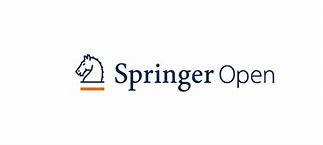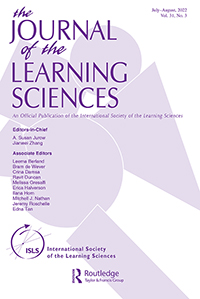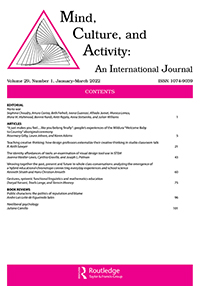Dos herramientas para conectar los centros educativos y su entorno
Iris Merino2023-04-10T22:53:49+01:00La alianza Educación 360 nos propone dos nuevas herramientas muy útiles para que centros educativos utilicen para conectar el propio centro con su comunidad. El mesograma que nos facilita visibilizar, reflexionar y construir propuestas para potenciar el ecosistema educativo a partir de realizar un sociograma un nivel mesosistémico. Y las ecologías personales de aprendizaje generades en acciones tutoriales o como grupo-clase para identificar las actividades extraescolares donde participan los alumnos. Lea el artículo








